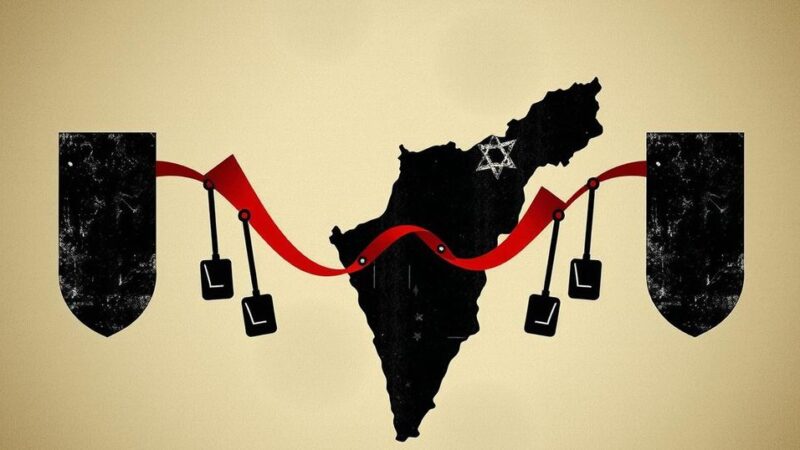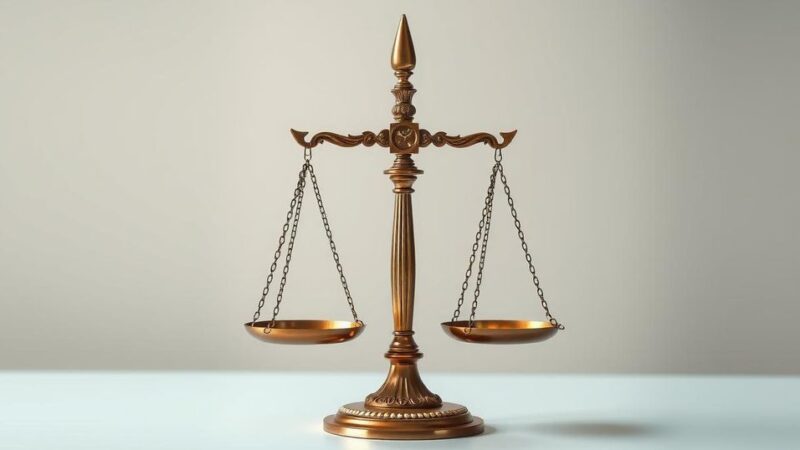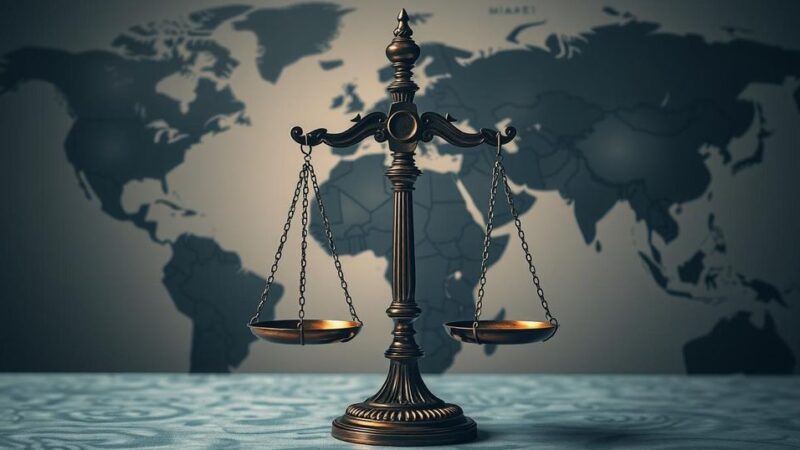Lebanon’s historical context reveals persistent sectarian governance stemming from the 1943 National Pact, which created a power-sharing system that led to civil unrest. Although reformed by the Taif Agreement post-civil war, entrenched sectarian divisions and foreign influences continue to challenge stability. The socio-economic landscape remains dominated by a narrow elite benefiting from political patronage, exacerbating instability. For sustainable peace, Lebanon must adopt a secular framework prioritizing national unity over sectarian identities.
Lebanon’s historical trajectory is marked by a complex sectarian balance that was formally established by the 1943 National Pact. This informal agreement aimed to allocate power across the country’s various religious sects. However, while it was intended to ensure representation, it ultimately created the conditions for ongoing discord and contributed to the Lebanese Civil War from 1975 to 1990.
The National Pact was a cornerstone in Lebanon’s independence, instituting a rigid confessional power-sharing structure by assigning key governmental roles according to religious affiliation. The presidency was assigned to a Maronite Christian, the premiership to a Sunni Muslim, and the parliamentary speakership to a Shia Muslim. This institutionalization of sectarian identity hindered the evolution of a cohesive national state, leading to political authority being concentrated within sectarian factions and diminishing institutional integrity.
As demographic and political changes occurred, the National Pact’s inflexibility, particularly regarding the underrepresentation of Shia groups, resulted in mounting frustrations. The influx of Palestinian refugees after 1948 further exacerbated sectarian divisions, coupled with a rise in Pan-Arab nationalism which splintered unity within Lebanon. By the 1970s, the country struggled with external influences and rising sectarian animosity, ultimately culminating in the civil war that began in 1975.
Following fifteen years of conflict, the Taif Agreement was negotiated to restore peace and adjust political governance in Lebanon. This agreement introduced equal legislative representation between Christians and Muslims and transferred significant powers from the Maronite president to the Sunni prime minister. Despite these changes, the core influence of sectarian divisions persisted within Lebanese politics, limiting genuine state authority and autonomy from foreign presence, notably Syria.
Post-war Lebanon witnessed the rise of Hezbollah as a significant force forging its own institutions and undermining state authority, reflective of Iran’s interests in the region. Alongside this, Lebanon’s economy became centralized within a narrow echelon of sectarian elites who capitalized on political connections for personal gain, further entrenching a system that prioritized wealth consolidation over national well-being.
The 2005 Cedar Revolution was instigated by the assassination of Rafik Hariri, triggering protests against Syrian control and temporarily uniting sectarian factions. However, once external pressures waned, traditional divides reemerged, obstructing the path to substantive political reform. Since the Taif era, Lebanon has struggled with ongoing political deadlock, economic mismanagement, and governance failures unraveling the state’s fabric.
The financial crisis in 2019, compounded by incidents like the 2020 Beirut explosion, exposed the inherent flaws within the confessional power-sharing system. Despite widespread unrest and calls for reform in 2019, entrenched ruling elites have resisted significant change, allowing the status quo to persist and delaying stabilization efforts.
To forge a sustainable future, Lebanon must transcend the sectarianism entrenched by the National Pact and subsequent agreements, moving towards a secular framework that prioritizes national identity over sectarian affiliations. The critical question remains whether Lebanon will successfully undertake this necessary transformation.
In conclusion, Lebanon’s sectarian model, embedded in its National Pact, has historically fostered political fragmentation and conflict. Despite attempts at reform via the Taif Agreement, entrenched interests continue to perpetuate instability. To achieve a viable and unified state, Lebanon must shift towards a secular governance model that emphasizes citizenship over sectarian identity.
Original Source: moderndiplomacy.eu






